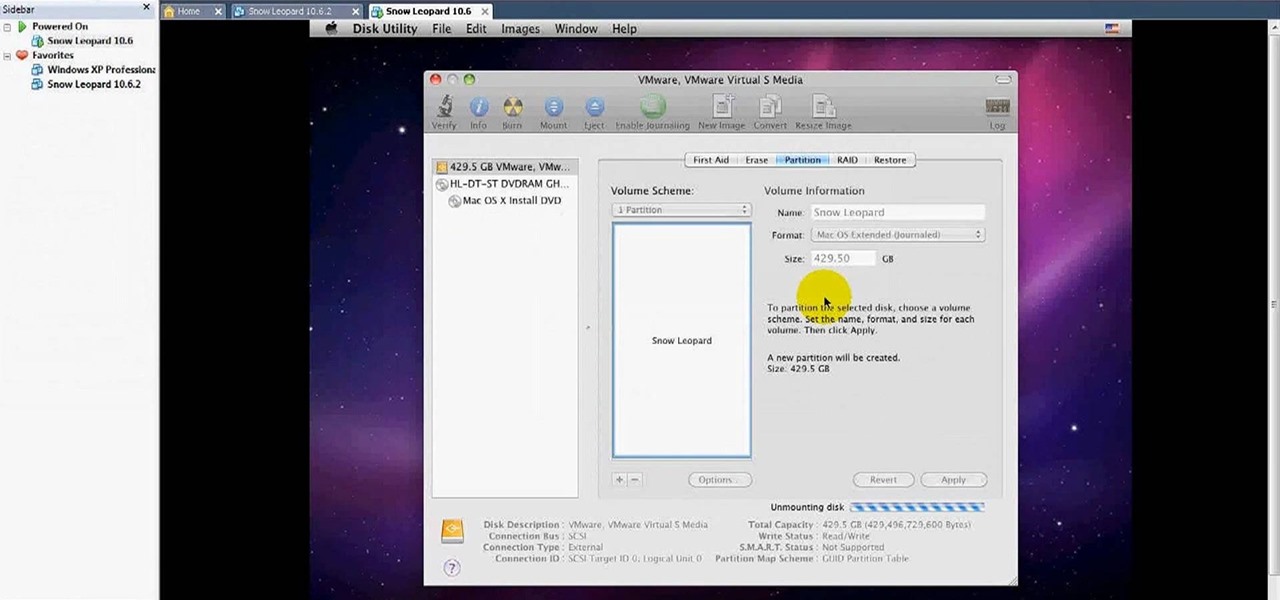

If you have an AMD processor, for example, the stock kernel will take one look at it and panic like a mouse ran up its pants. Getting your unsupported sound chip (nothing like having your mic stuck at maximum volume on a laptop to ruin your day), video adaptor, and other hardware is the tricky part. The SMC is relatively trivial to get around. This is what makes running OS X on commodity hardware difficult. Otherwise, you’re going to have to scrounge up tested hardware or hack hardware into working. As an aside, there have been some attempts to repackage Darwin as an open source OS.Īpple supports a limited range of hardware you know will work. The original bootloader was open source, and built with some changes for Darwin.
#INSTALL OS X ON WINDOWS PC INSTALL#
Most Hackintosh install methods these days use variations of boot132, a bootloader that was provided when Apple was transitioning from PPC to Intel with some modifications. Of course, this isn’t that hard to get around, which is why your average OS X hosted VM host can run OS X VMs, and there are Hackintosh distros floating around.
#INSTALL OS X ON WINDOWS PC DRIVERS#
Practically speaking, this is the reason, outside of some other specific things that might be different – such as video card firmware for video cards and OS X specific drivers for various things (sound cards come to mind) that you can’t ‘just’ boot a vanilla copy of OS X right on your beige box pc. This is called the system management controller, and in effect is a glorified fan controller amongst other things. Oddly enough? Apple systems check for a specific chip and refuse to run or install without it. SuperUser contributor Journeyman Geek has the answer for us: Is it really as complicated as it seems ‘hardware-wise’ to run OS X on a PC, or are the differences between Mac computers and PCs smaller (and simpler) than most people believe? The Answer After the switch, users started experimenting until it was possible to install and run OS X on a PC.ĭoes anyone know why OS X wouldn’t work on a normal person’s PC? Is it some piece of hardware that is custom made or tailored for OS X that only Mac computers have? Or is it just Apple making computer users’ lives difficult on a technical level? Again lets forget about legalese, I’m going for factual and technical references.

I’m not interested in those.Įveryone knows that until recently, OS X (or Mac OS) could only be run on PowerPC-based Macs, but that changed when Apple started using Intel’s CPUs, and opened up the possibility of installing OS X on PCs. Lets forget about the EULA and any other legal regulation. SuperUser reader Braiam wants to know what the technical obstacles that prevent normal computer users from installing OS X on their PCs are:


 0 kommentar(er)
0 kommentar(er)
